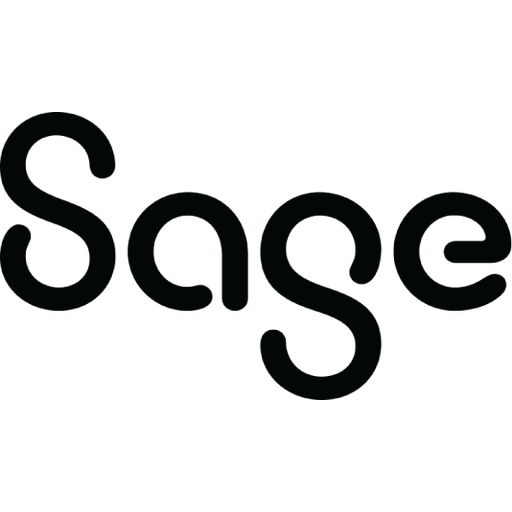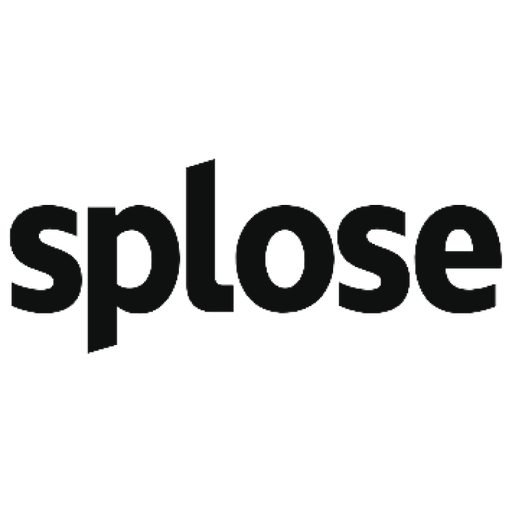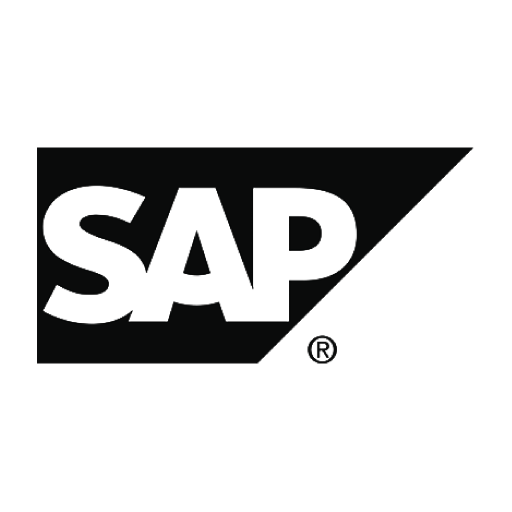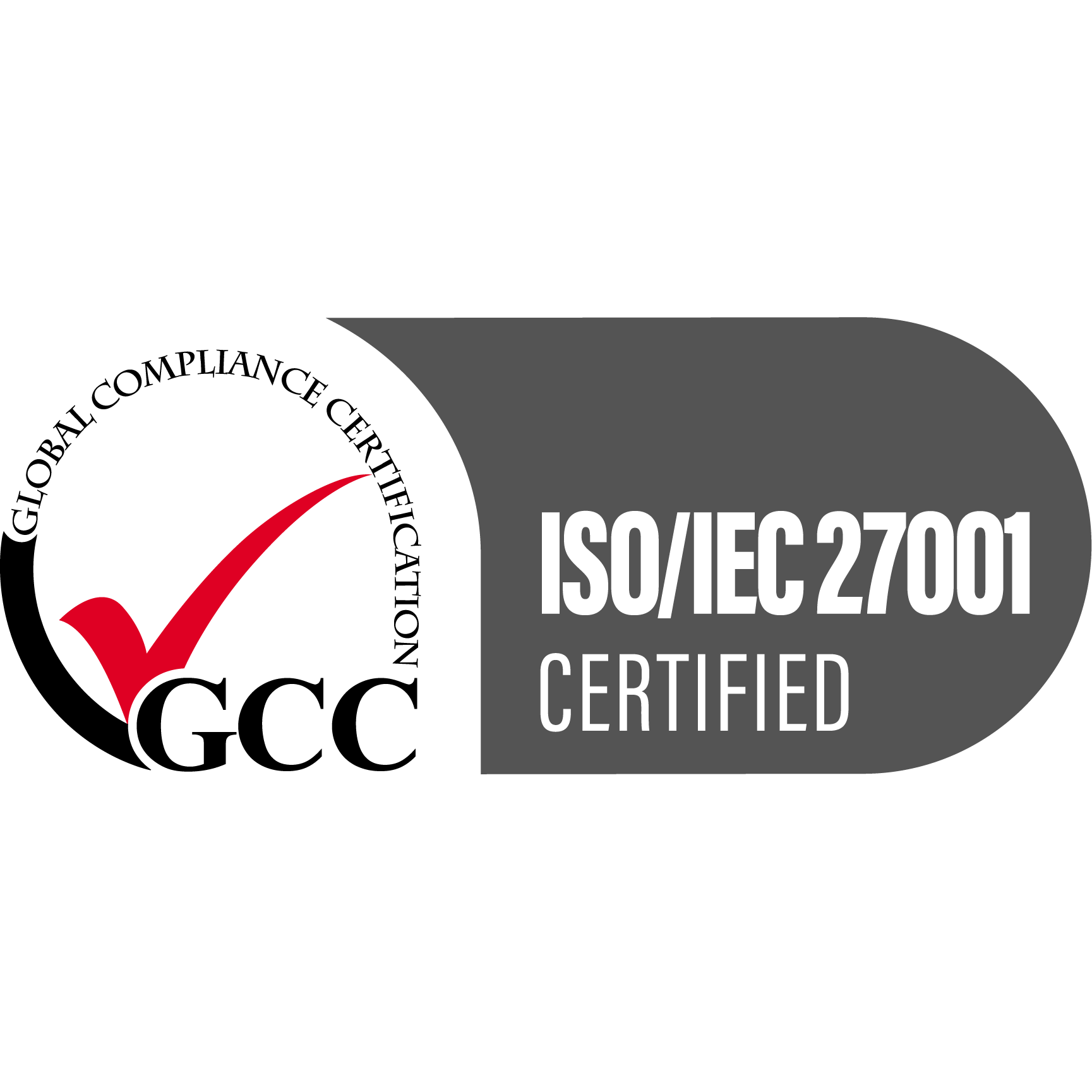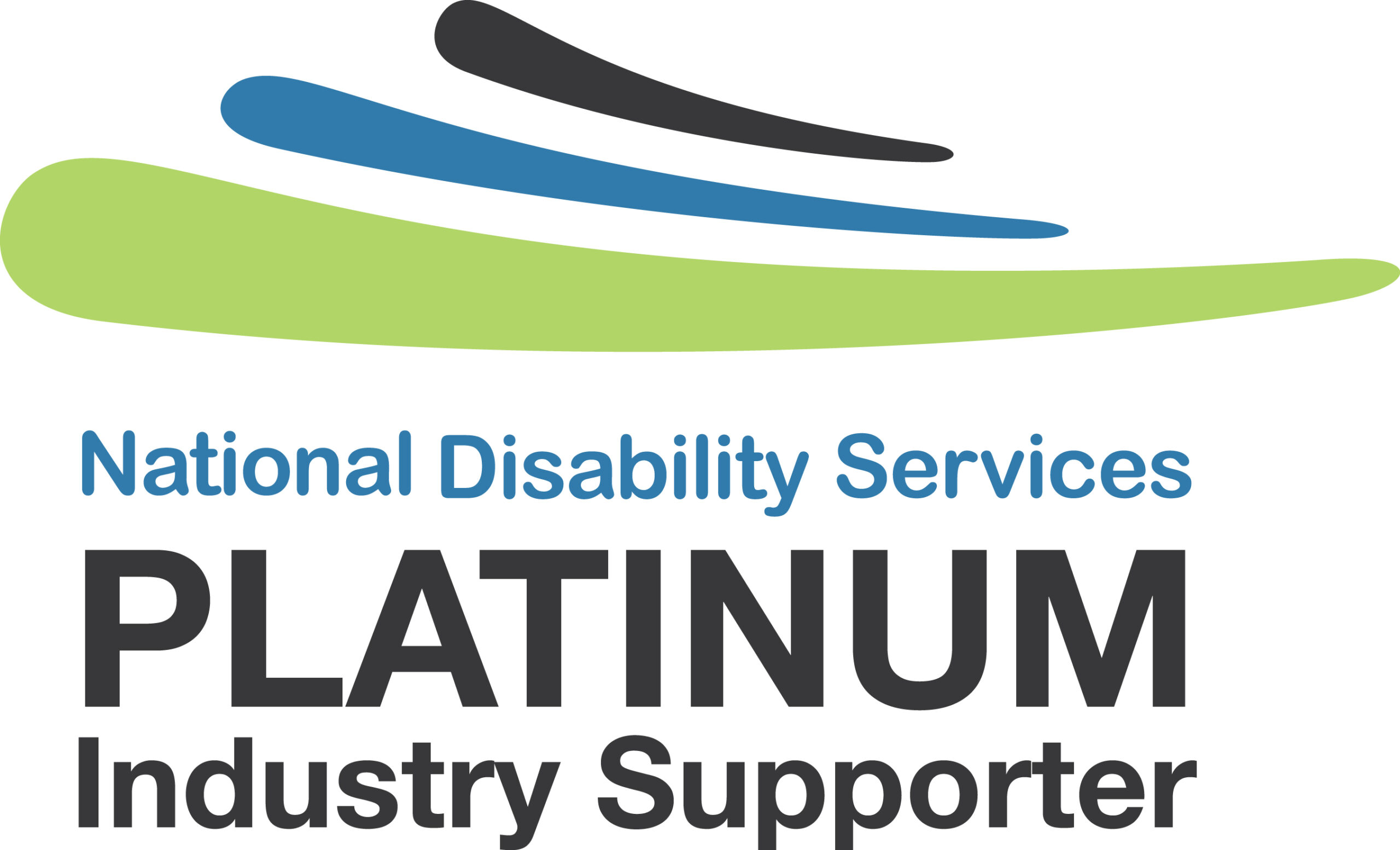The transition to the Support at Home program will have several financial implications for providers, affecting pricing, transparency and operational cost structures. Key considerations include:
Pricing and Revenue
- Providers will set their own prices for Support at Home services, but these must be reasonable and transparent.
- Price caps will be introduced from 1 July 2026, limiting the maximum that can be charged for each service and effectively benchmarking providers against an industry standard.
- Prices must reflect the full cost of delivering the service – including labour, administration, travel, subcontracting and overheads.
- Unlike Home Care Packages, Support at Home does not allow for regular package management or administration fees, with these fees being wrapped up into ‘Care Management (CM) Fees’. which are invoiced by providers on an itemised basis in arrears alongside other services. This is a substantial change and makes accurate monitoring of CM-related services and claims absolutely critical to the financial viability of providers.
Source:
Prices for Support at Home participants – Department of Health and Aged Care
Guidance for setting Support at Home prices – Fact Sheet for Providers (PDF)
Transparency and Compliance
- Providers must publish their “common prices” for all services on their website and on My Aged Care.
- Each price must be agreed with the participant before services commence.
- The Department will monitor and review any unreasonable pricing practices.
Source:
Department guidance on setting Support at Home prices
Financial Reporting and Oversight
- Providers must complete specific financial reporting requirements under Support at Home, including quarterly financial reports detailing income, expenditure, and viability.
- Internal systems must be capable of tracking:
- Cost of delivery per service line
- Government and participant contributions
- Unspent funds and reconciliation
- Compliance evidence for audit
Source:
Quarterly Financial Report Guidance and FAQ (Q2 2025–26)
Operational and Cashflow Implications
- Providers may need to reassess cost structures to remain viable under capped pricing and transparency rules.
- Cashflow management will become critical, especially as delays in itemised claiming or documentation could affect payment timing.
- Transitioning to the new model may require investment in new systems, training, and data processes.
Lessons to be learned from the NDIS
- The disability services sector underwent a similar transformation with the introduction of the NDIS in 2013.
- This led to a period of inflation in service costs, which placed providers under increasing financial pressure as funding failed to keep up. This has forced many of less efficient providers into administration or bankruptcy,
- The conclusion is that Support at Home providers will likely experience a ‘honeymoon’ period of profitability during which time it is critical they rationalise administrative costs to prepare themselves for a leaner future.
Source:
Pricing approach for the Support at Home service list 2025–26 (Consultation Paper) – IHACPA
Summary for Executives
For CFOs and CEOs, the financial impact of Support at Home centres on sustainability, compliance and transparency. The key actions are:
- Review and model unit costs against capped pricing.
- Strengthen reporting and governance systems to ensure accurate financial tracking.
- Prepare for tighter oversight of pricing, participant contributions, and unspent funds.
- Invest early in digital claiming and evidence systems to streamline compliance and protect cashflow.




